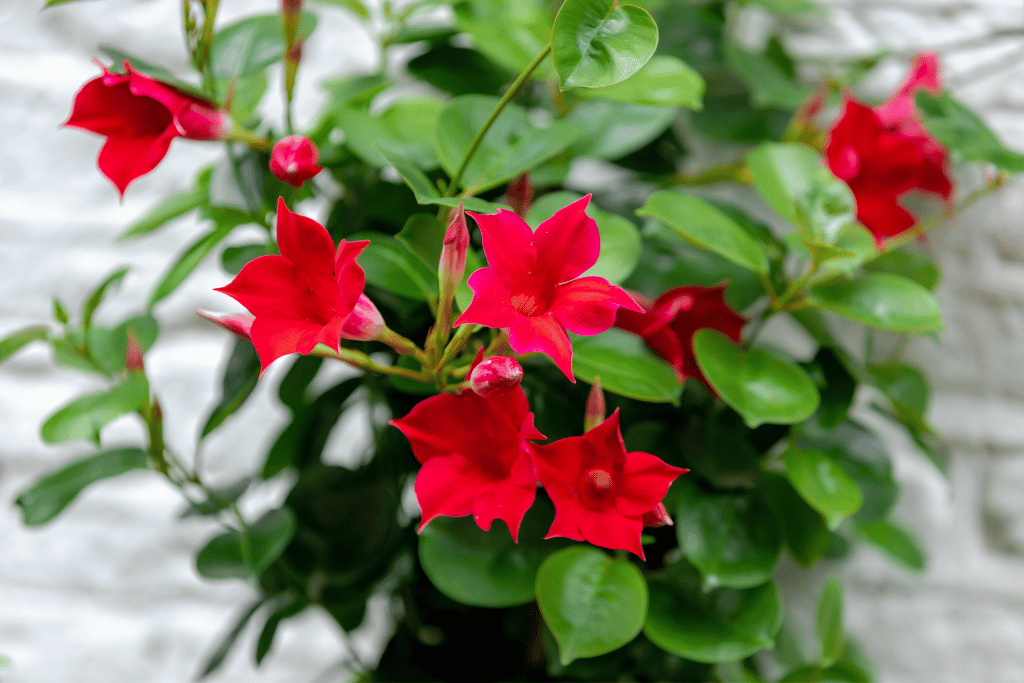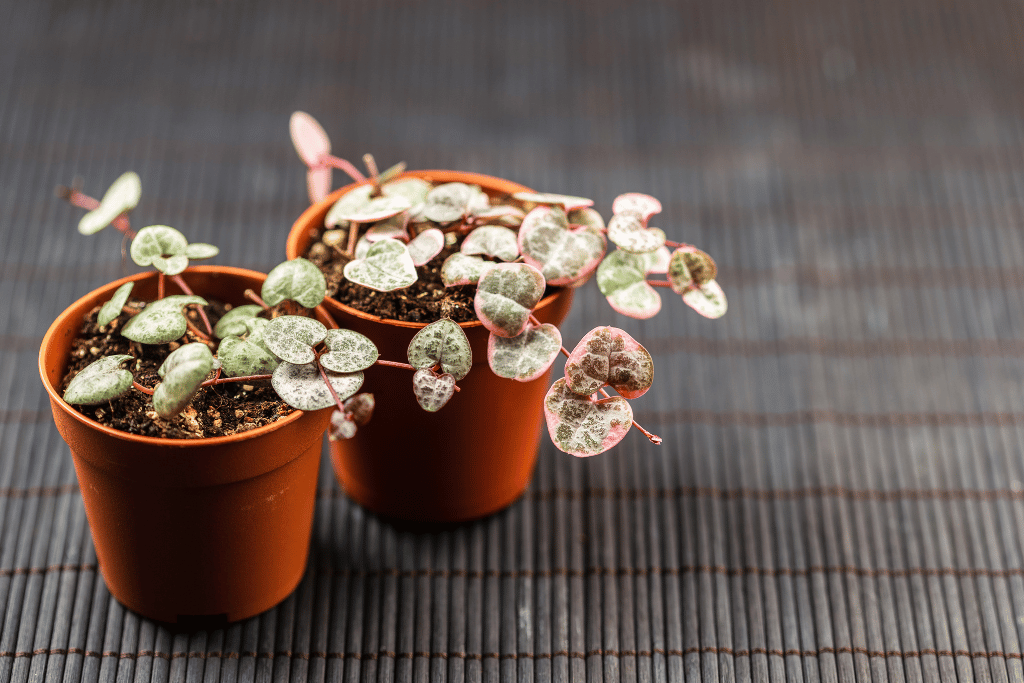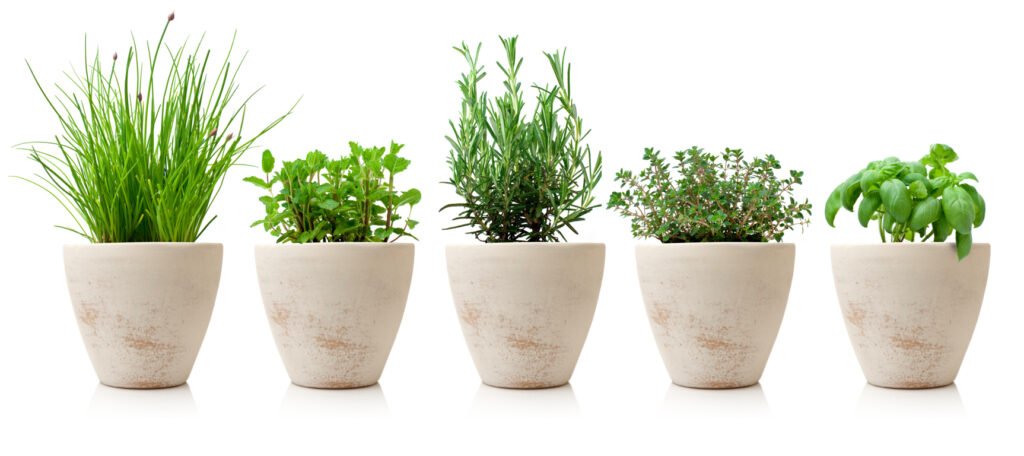
Do you prefer to grow your own herbs? Are you concerned there is not enough sunlight reaching the plants inside your home? Would you like to succeed in growing herbs indoors without sunlight?
No, I am not giving you false hope. Just stating the possibilities.
Frankly said, growing plants without sunlight is near impossible. However, artificial lighting and indirect sunlight can help you out!
Herbs are flavor bombs. They enhance taste and flavor and they have medicinal properties. Even though dried varieties are readily available, nothing can match the taste of freshly plucked herbs.
Today it’s our mission to grow herbs indoors without direct sunlight. Let’s explore how to grow these beneficial indoor plants and relish their flavors without stepping out.
Ready to dive in with me? Read on then!
Sun vs. Shade
To begin with, let’s understand the role of sunlight. All plants rely on sunlight. It helps them to perform photosynthesis, converting sunlight into food (energy).
Plants convert this energy into growth, flowers, fruits, and seeds. It regulates the plant’s metabolism and water level. Without sunlight, plants might have to use their exciting energy and eventually die due to depletion. Leggy plants are signs of sunlight scarcity.
On the other hand, shade is less intense. It is ideal for fragile plants. The delicate leaves of these tender plants might not withstand the sun’s scorching heat. It might burn them.
Shade also regulates the surrounding conditions like humidity, moisture level, soil biome growth, and temperature. And some plants thrive best in such an environment!
Can Herbs Survive Without Sunlight?
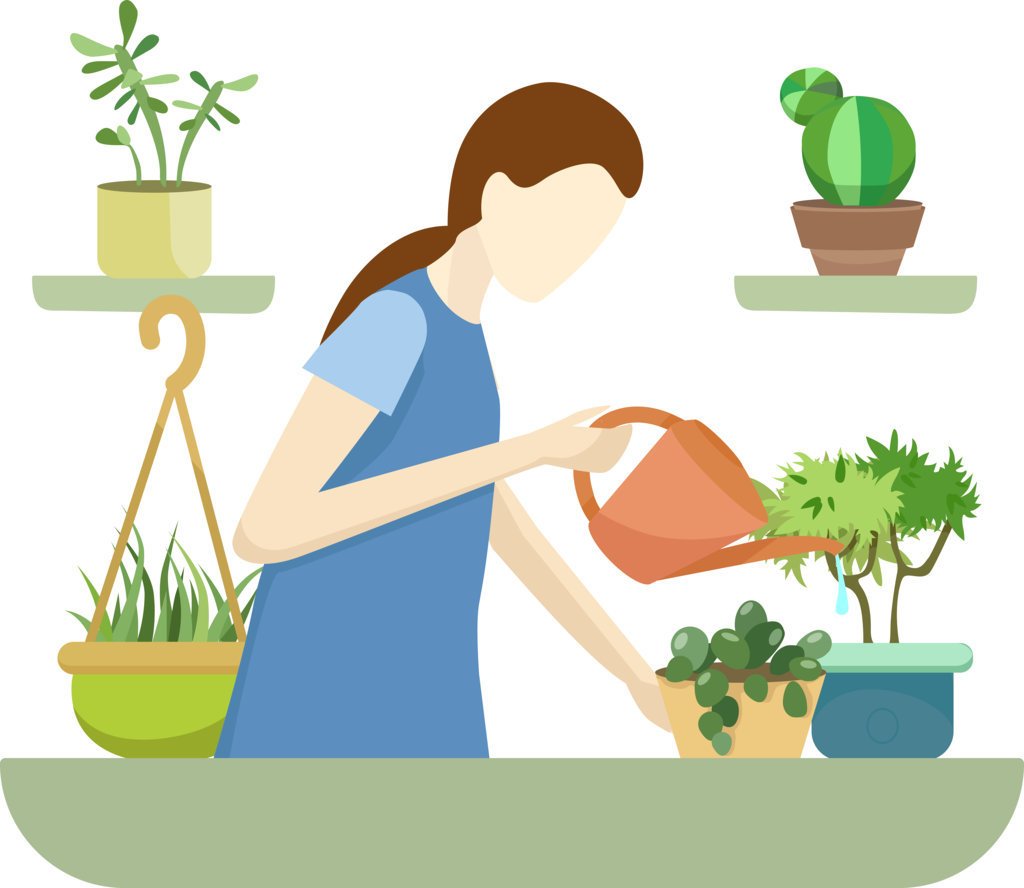
Yes. Herbs can survive without sunlight.
Despite the sun being the primary energy resource for plants, growing herbs indoors without sunlight is still achievable.
Remember, all plants require a minimum of 2-6 hours of sunlight daily. But, instead of direct sunlight, you can trick your herbs with artificial lights. I am not joking. Grow lights or tents can enable your indoor plants to flourish. You can also take them outdoors once a day or place them on a window sill to boost their growth.
Tips for Growing Herbs Indoors Without Sunlight
Are we clear on the possibility of growing herbs indoors without sunlight?
Yes? Great! Now, Let’s make them happy indoors!
You can help your plants grow better by creating better growing conditions. Proper maintenance and care will easily tune them for an indoor growth pattern.
Pots and Containers
Choosing the right container and potting soil to grow your herbs is essential. Factors like plant growth, the number of plants you grow in one pot, internal room temperature, and draining decide the most suitable pots.
Based on materials, there are two main types. You’ve got plastic pots and clay pots.
- Plastic pots are synthetic, lightweight, and easy to carry around. They are also cheap and come in various shapes and colors. As they are non-porous, they don’t absorb moisture and this helps the soil retain all the water molecules. Great for plants with higher water requirements.
- Clay pots are natural, durable, and heavy on hands. Even though they are expensive, they last longer than plastic pots. However, they are porous and absorb soil moisture to a certain extent. They are great for plants that prefer moist soil over wet.
Regardless of your pot type, ensure they have drainage holes. Waterlogged soil will kill your plants in no time, especially when you grow them without sunlight.
As for the size of the planter box, there are two considerations.
Are you going to grow multiple plants in one container? Or have multiple small pots so you can care for each of them separately?
I prefer combining one or two herbs with similar growth requirements in one pot. As a result, it saves me space and time on maintenance.
Grow Lights
Are you worried about not having enough sunlight reaching inside? Maybe you don’t have a suitable window location? Well, grow lights can solve your trouble!
Unlike regular lights, grow lights are unique lights that improve plant growth. These lights have more intensity than standard lights. You can hang them above your plants to enhance their photosynthesis and growth rate.
Regardless of the types of light you choose, ensure they have an adjustable system. Having them too close to your plants can scorch them. Opt for 200 watts LED lights and hang them at 12-20 inches from the plant’s apex. Adjust the distance as the plants grow.
Grow Tents
Need more results from your indoor lighting? How about building separate grow rooms for your plants?
Those with spacious interiors can opt for grow tents. Grow tents are sturdy portal rooms to grow plants, it’s a setup that maximizes the light intensity and this improves plant growth rate.
Grow tents have solid exterior canvas and a reflective interior surface. The high-intensity lighting and reflective interiors improve the plant’s light consumption. Henceforth, accelerating growth.
Spacing Requirements
Spacing is vital, whether growing multiple plants in one pot or opting for multiple herb pots. Each plant requires different spacing. Plants like basil can grow near one another, whereas mint is best grown on its own. Ensure you provide room for each of your herbs to avoid suppression of one by another.
For individual pot spacing, try to maintain 10 inches of distance between them. These buffer spaces allow better foliage spread and visual appeal.
Water Schedule
Every plant has different water requirements. Some plants absorb water faster than others.With indoor plants, it’s critical to avoid overwatering them.
Maintaining a watering schedule will be best, be it growing indoors or outdoors. Understand your individual herb’s requirements and water them adequately. The easy way to maintain a watering schedule is to check soil moisture every day or every other day. If you sense dryness, hydrate immediately.
Wilted yellow leaves and drooping stems in plants signal they are very thirsty! Water them ASAP to avoid any further growth deterioration.
Add Fertilizer
Unlike ground-grown plants, indoor herbs don’t receive any additional nutrients naturally. Hence it’s vital to add fertilizers to boost their growth. Feeding them regularly as per their requirement can optimize your yield. However, over-fertilizing can burden their delicate roots and eventually damage them.
Natural fertilizers like homemade compost are great. You can lay it over your soil bed and let it work its magic. As for store brought varieties, opt for organic fertilizer. If you are growing edible herbs, avoid any inorganic alternatives. You can also consider liquid fertilizers if you prefer quick and active feeding.
When it comes to feeding frequency, follow your plant’s requirements. Plants like basil require weekly feeding. In contrast, plants like rosemary don’t need much at all.
Top 5 Herbs to Grow Indoors
Growing herbs indoors without direct sunlight can be a challenge. But, the challenge is less with certain herbs. Moreover, some herbs thrive best indoors. Some have fragile foliage, and thus mild indoor conditions work best for them.
Now that we are clear on indoor herb growth conditions, let’s explore a few easy-growing herb options.
Parsley
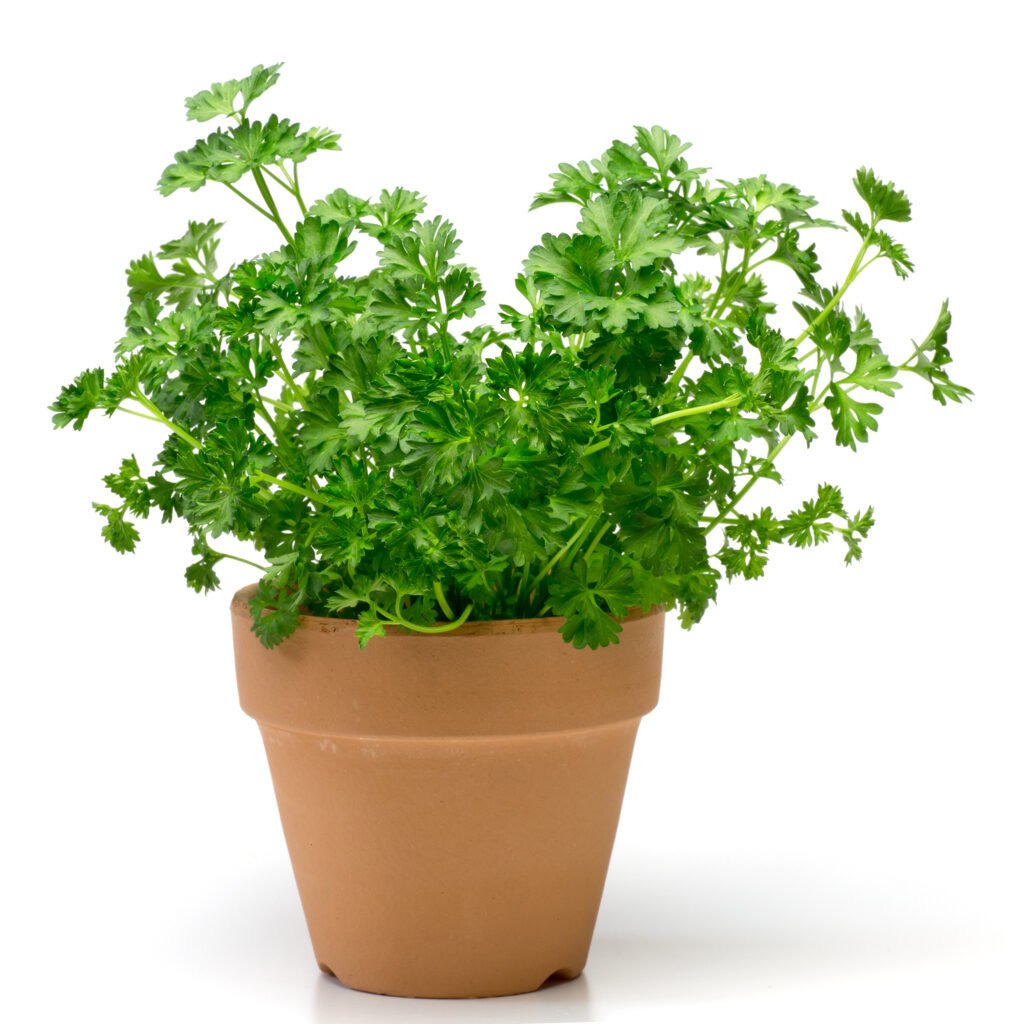
Here is a popular must-have addition to your herb garden– a parsley plant, a delicious herb that can sit in your indoor garden all year long. Even though they thrive best in 6-8 hours of sunlight, substituting artificial lights will also work.
Growing them indoors is also easy. The only concern would be its water requirement. They consume more water. Ensure you hydrate them regularly– about two to three times a week. Every time before you water, check for soil moisture; if it’s dry more than two inches down, water them abundantly.
Keep the roots moist but never wet. Opt for pots with proper drain holes. Keeping a saucer below the container can avoid waterlogging yet maintain soil moisture.
Chives
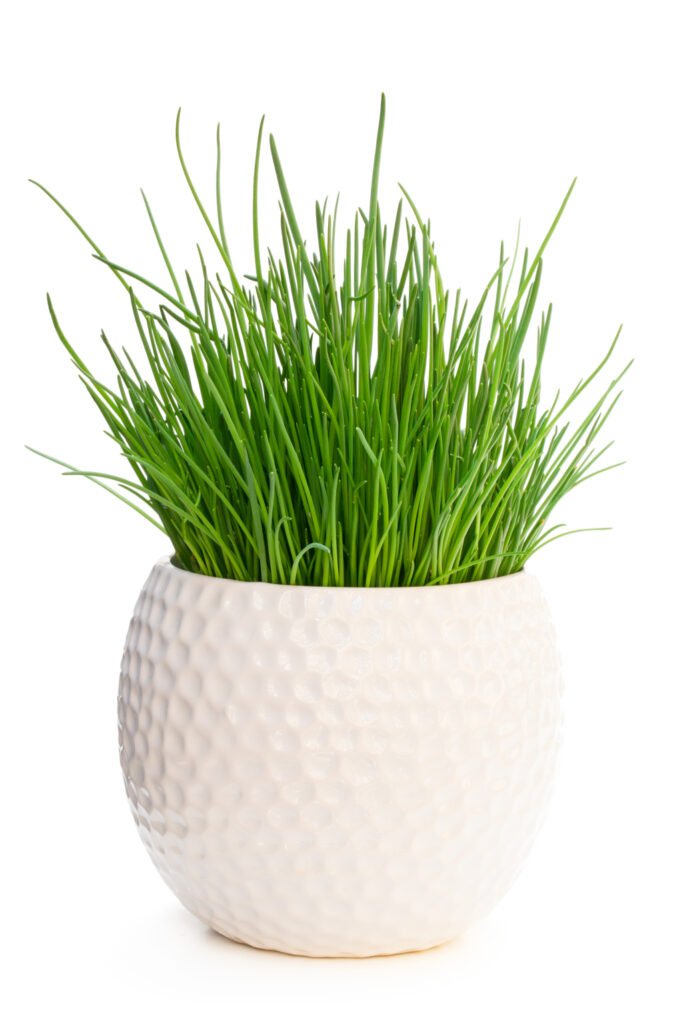
Chives are sun lovers. Yet, they quickly adapt to indoor conditions. They are easy-to-grow perennials and require very little maintenance.
Water chives once a week with about 1 inch of water every time you hydrate them. Wait until the soil is thoroughly dry before you repeat watering. Ensure you pour the water abundantly every time you water until the excess water drains out.
Mature chive plants might reach up to 12 inches in height and spread. However, they will never bloom under low light conditions.
Mint

If I had to pick one herb for life, it would be mint. These delicious perennial plants are stable in my daily routine. Their sweet flavors and taste refresh me within minutes.
Growing them indoors is relatively easy, except for their robust growth and rhizome spread. These plants are invasive by nature. Hence grow them in separate containers to avoid their suppression of other herbs.
As these perennial herbs prefer moist soil, water them at least twice a week. Aim for thorough watering and avoid clogging.
Thyme

Thyme plants prefer dry soil and grow best in direct sunlight. However, placing them near a windowsill will also do.
Please give them a lot of light and warmth, but cut down on the watering. They are a drought-resistant variety and thrive best in underwatering. An ideal range for watering would be watering for a depth of 1 inch every 10 to 15 days during summer. Reduce watering to once a month during winter.
Thyme can be a great addition to your indoor garden. These aromatic herbs are a true visual delight. They add extraordinary flavors and a smell that can spruce up your interiors and taste buds!
Rosemary
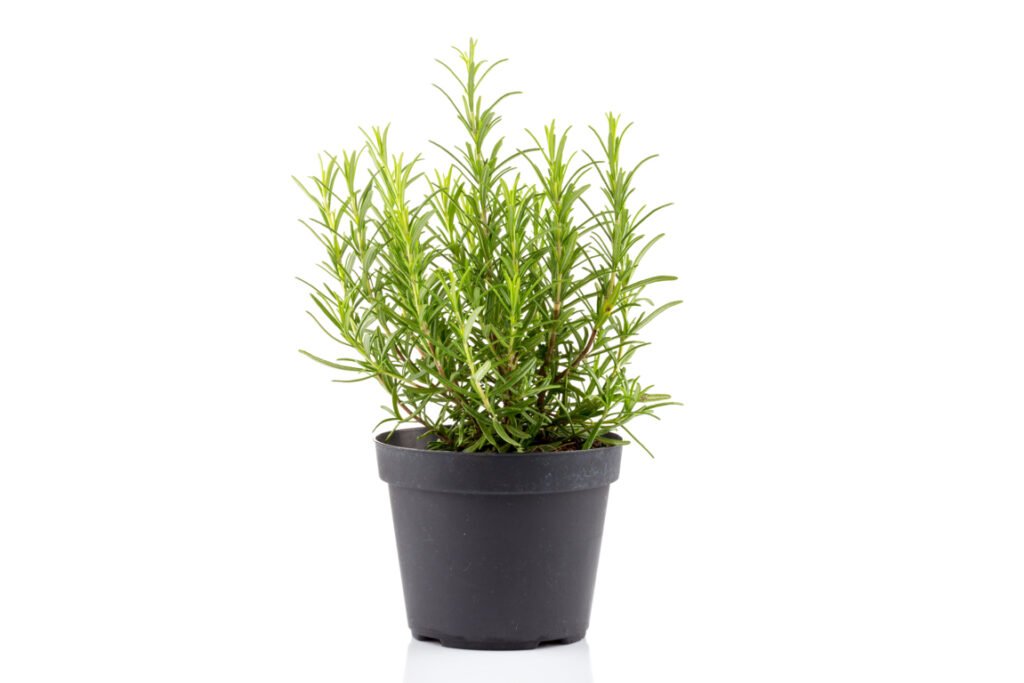
Here’s another sun-loving herb that adapts quickly to indoor conditions– a rosemary plant.
Rosemary is an aromatic herb. Its needle-like leaves grow best in sunlight. Yet grow light can mimic the same vibe for you. They are famous for their earthy flavors and medicinal properties.
Rosemary is an “upside down plant.” It prefers to have dry roots and absorbs moisture through leaves. Water them twice a week. Once you sense dryness in the soil, repeat watering thoroughly. Avoid overwatering them. Placing your pots in a gravel bed will avoid wet roots.
In Summary
Sunlight is supreme. Nobody can argue with that. But thanks to technological developments, we now have the resources to mimic natural lights with artificial ones. These lights make up for heat energy that is missing from the sun and they can regulate plant growth effortlessly.
In summary, indirect sunlight, artificial lights, and plant setup-specific care and maintenance can help you grow indoor herbs without sunlight. Make sure you care for your herbs as you do for any plant. With proper lighting, watering, and fertilizing, you can relish your herbs without the concern of having any natural light!
Frequently Asked Questions (FAQ)
Can you grow herbs without any sunlight?
Light is mandatory. Sunlight is a primary requirement to encourage photosynthesis and survival. You limit your plant’s growth, yield, and quality without it. However, you can mimic sunlight using artificial options like grow lights and tents.
Will artificial lights help in plant growth?
Plants require a minimum of 6-8 hours of sunlight daily. But, for indoor plants, you can opt for artificial light to replace direct sunlight. These can be LED or HID lights. Aim for 20-40 watts per square foot.
How much lighting do herbs need indoors?
Aim for 20 hours of artificial light from fluorescent bulbs. You can, however, increase the light exposure by placing your herb pots near your windowsill to consume more natural light. Opt for light bulbs with 100 to 200 watts when you plan to grow inside for a prolonged period.
Can you grow herbs indoors all year long?
Growing herbs indoors all year long is very much archivable. Herbs require the same temperature as us (65 – 70 degrees F). Growing them indoors protects them from the extreme temperatures of the outdoors. Some herbs thrive best indoors for the same reason.
How much space do indoor herbs need?
In general, robust plants like rosemary. mint, sage, oregano, etc, need three to four feet of spacing. Moderately spreading plants like thyme, basil, etc, require around two feet of spacing. Slender herbs like chives, dill, cilantro, etc, can manage within one-foot spacing.
What herbs should not be potted together?
It would be best to refrain from planting herbs like horseradish, catnip, comfrey, lemon balm, and mint varieties with other plants. These plants are robust and invasive. You might need extra work to control them from spreading and taking over other herbs. It is best to plant them individually in separate pots for easy maintenance.
Can you grow herbs without soil?
Yes. You can grow herbs in water-only setups. Taking Herb cuttings works best for this method. Take a cutting from your desired herb and transfer it to a water-filled container. In a couple of days, your herb will develop new roots and thrive easily. If you are interested in growing herbs in water longer-term, you can look into hydroponic growing.


